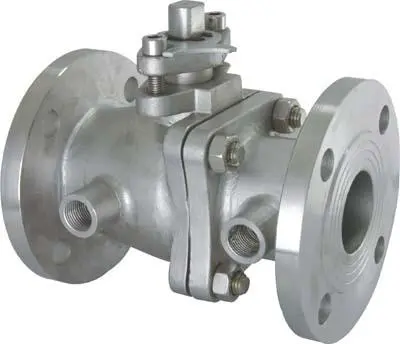For long service life, good rust resistance, environmental protection, stainless steel valves have been widely applied in industry. Stainless steel valves are one of valve products essential for pipes. However, there are still quite few manufacturers in China which can meet the international standards. So, consumers must require suppliers to provide production certificate and factory certificate of valves before purchasing. Consumers also can use spectrograph for detection. Spectrograph has high precision and wide usable range. 304L or 316L valves mainly depend on spectrograph to be test, which can reduce the possibility that buy unqualified products.
Stainless steel valves are generally used for corrosive media, such as pharmaceuticals, oils, liquid metal and radiating media. In those fields, all of materials used for valves have relatively limited corrosion resistance, impacted by other factors. If appropriate processing techniques and heat treatment techniques are adopted, the corrosion resistance can be ensured. However, for concentrated nitric acid whose concentration is higher than 98%, all of steels do not have corrosion resistance no matter what heat treatment techniques are used. Therefore, when choose materials for
ball valve,
gate valve,
globe valve and
check valve based on media, concentration, temperature of media and heat treatment on materials which have influences on corrosion resistance should be known so that can choose better materials such as 316L, 904 or titanium.
With petrochemical technology developing and scale expanding constantly, the requirements for stainless steel valves used in petrifaction are higher and higher. Besides continuing improving the quality of conventional valves such as stainless steel globe valve and stainless steel gate valve, especially the demand for stainless steel ball valve which has corrosion resistance is higher, like ethylene cracking facilities, polyethylene units and polypropylene units, PTA units (purified terephthalic acid) for chemical fibers, polyester units and spinning units. So, technologies for corrosion resistance should be developed further.
